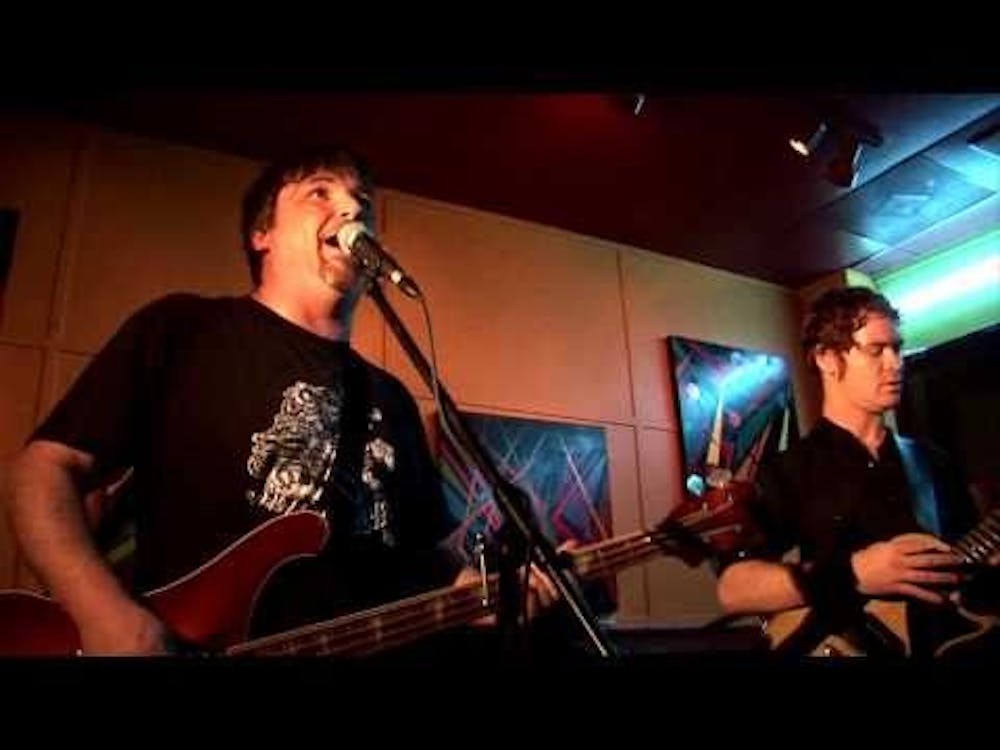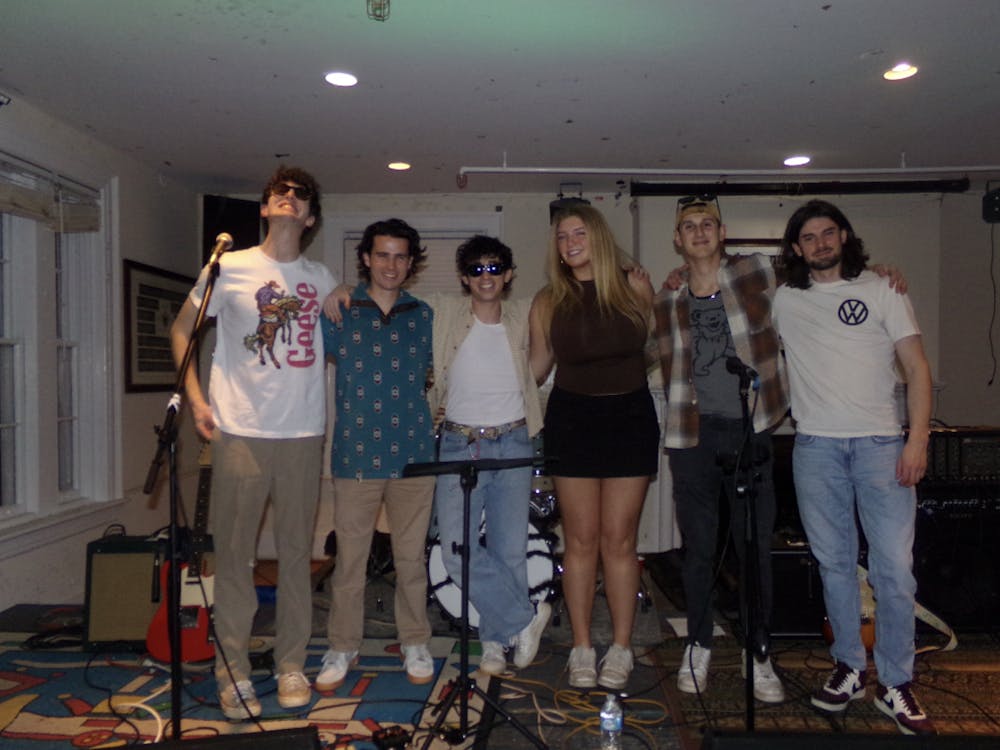Arriving 15 minutes early, my friend and I sat down in our seats excited to see a documentary about our hometown Norfolk. In the theater, a flood of commentary from the rambunctious older crowd praised Norfolk and its local music scene as they anxiously awaited the beginning of Hardcore Norfolk. In true 757-fashion, the members of the audience had obviously enjoyed a few drinks before arriving. As the lights dimmed, cheers erupted and most members began chanting “Norfolk!”
Although my friend and I were disappointed to have missed the apparently popular pre-show party, we soon became a part of the ensuing festivities. The crowd did quiet down a bit, but only a couple scenes into the movie, we realized that most people in the audience knew everyone in the film.
Audience members occasionally made nostalgic comments about people they knew, creating a sort of camaraderie amongst the viewers. Even my friend’s uncle, who owns a local record store called Birdland in Virginia Beach, was interviewed.
Hardcore Norfolk tells the story of the emergence of the coastal city’s vibrant local music scene. Before Virginia Beach exploded, Norfolk was the only big town in the Chesapeake area, and over time developed a burgeoning subculture. The film starts off in the ‘60s and slowly illustrates the progression of music into the ‘90s through interviews with locals. Each interviewee seemed to be enjoying himself as much as the audience was, often casually sipping on a beer and joking with everyone around them.
Relaxed and relatable, the interviewees seemed vaguely familiar. Often their bawdy behavior, though at first somewhat offensive, made them likeable. Like the punk rock music featured, their charm stemmed largely from their crass attitudes. Despite having the mouths of sailors, they had a few choice words to describe the large population of “squids,” or sailors, in Norfolk. And in spite of this vulgarity, they were all clearly passionate about the music and fully supported and respected one another’s sounds. Often bands shared musicians between multiple groups in what was described as an “incestuous” relationship, exemplifying the loyalty associated with all Norfolkians.
This is not to say they believed Norfolk to be the greatest city in the world. As one owner of Black Lung Records delicately put it, the musicians were all angry people “living in a crappy place.” But out of that anger came a sort of Mecca of music. The owners describe the ‘70s, ‘80s, and ‘90s as a time when the question about someone’s Friday night wasn’t, “What are you doing,” but “Who are you going to see?” Between Friar Tuck’s, Dominic’s, the Norva and numerous other venues, there was something to see every night. Guitars on fire, naked men and blood streaming down the faces of those playing seemed to be standard aspects of a typical show.
Although everyone interviewed seemed worried about the decline of what they saw as Norfolk’s havens, they hadn’t lost hope, and Norfolk was still portrayed as breeding ground for original music.
My Norfolk origins may have attracted me to the film, but even those not from the 757 could enjoy the flick, whether music is your thing or not. The sometimes crude, always intriguing characters featured are enough for hours of entertainment.







